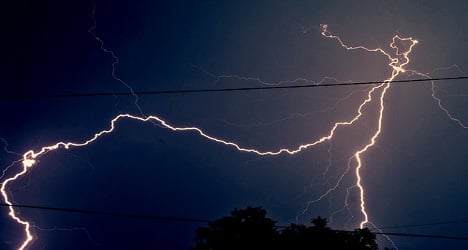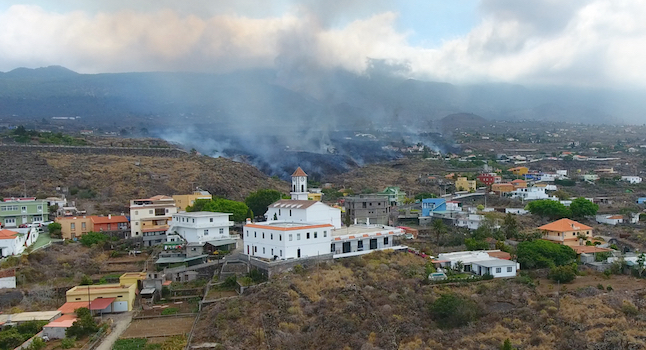The Canary islands of Gran Canaria, Tenerife, La Gomera, La Palma and El Hierro were placed on red alert by Spain's national meteorological agency AEMET.
AEMET said winds on these island would provide an extreme level of risk on Monday, with wind gusts over 100 kph expected in many places.
The other two Canary islands of Fuerteventura and Lanzarote remain on high alert with winds likely to reach 80 kph there.
Many schools have been closed as the normally temperate region battens down the hatches.
Seven flights were cancelled at La Palma airport on Monday morning because of the dangerous conditions while ferry company Naviera Armas has suspended its crossings between Tenerife and La Gomera, according to the news agency EP.
Around 7,000 people in Tenerife and La Palma remain without power, reported the Canarias 7 news site.
That site also carries a series of dramatic photos from readers displaying fallen trees, huge waves and — in one case — an apartment with a missing balcony after fierce winds ripped it away.
Today's wild weather follows on from a weekend which saw wind gusts of close to 200 kph in some places.
The extreme weather is expected to moderate on Tuesday with winds dropping but people should continue to be careful, according to AEMET.
The peninsula, meanwhile, is expecting widespread rain.




 Please whitelist us to continue reading.
Please whitelist us to continue reading.
Member comments